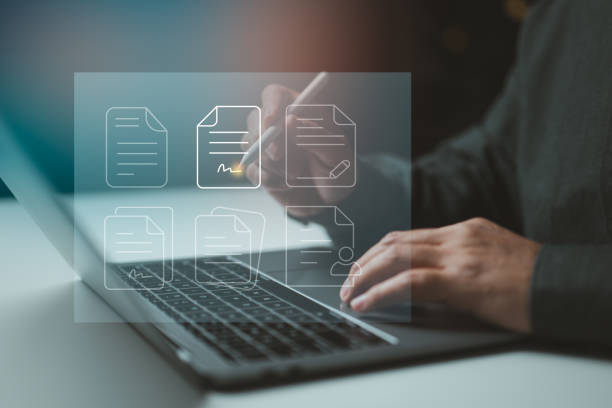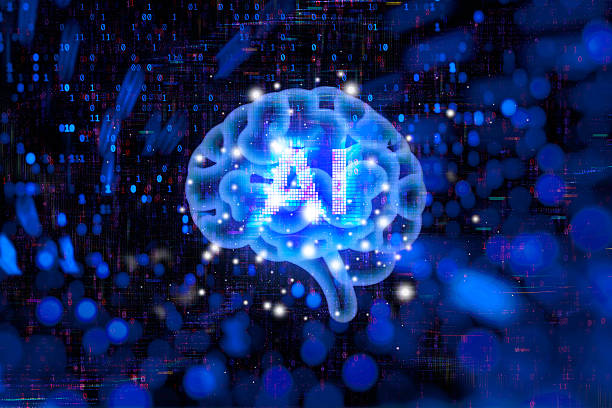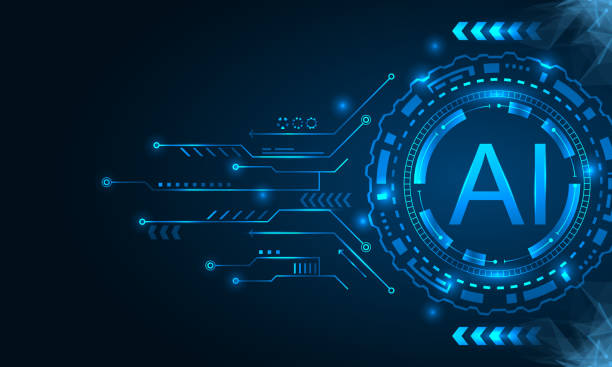### What is On-Page SEO and Why Does It Matter?

On-Page SEO is a set of actions you take within your website to improve your site’s ranking in Google search results and other search engines.
These actions include optimizing content, title tags, meta descriptions, URL structure, and more.
On-page SEO is a fundamental foundation for any SEO strategy and helps search engines better understand your content and show it to relevant users.
SEO is not solely dependent on external factors; internal optimization is crucial.
In fact, without a strong on-page SEO, your off-page SEO efforts may not be as effective.
The importance of on-page SEO is that you have complete control over it and can directly influence factors that affect your site’s ranking.
By optimizing on-page elements, you show search engines that your site is relevant and valuable, which increases organic traffic and improves your search ranking.
The On-Page SEO Guide helps you achieve the best performance in this area.
In this article, you will learn more about on-page SEO techniques in detail.
Are you tired of your online store having visitors but no sales? Rasaweb solves your main problem with professional online store design!
✅ Significant increase in sales with targeted design
✅ Seamless user experience for your customers
⚡ Get a free consultation!
Keyword Research: The Cornerstone of On-Page SEO
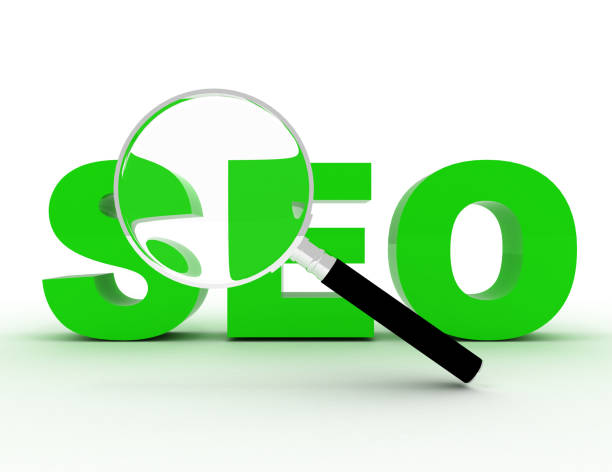
Keyword Research is the process of identifying the words and phrases that users use to search for information related to your business in search engines.
These keywords should be used strategically in your website’s content to help search engines better understand your content and show it to users who are looking for it.
To conduct keyword research, you can use various tools such as Google Keyword Planner, Ahrefs, SEMrush, and Moz Keyword Explorer.
These tools help you find search volume, competition, and related keywords.
When choosing keywords, look for Long-Tail Keywords.
These keywords are usually longer and more specific and have less competition, so your chances of ranking in search results increase.
After identifying the appropriate keywords, use them in your titles, meta descriptions, main content text, and image tags.
Remember that overuse of keywords (Keyword Stuffing) can harm your ranking, so always write your content naturally and with the goal of providing value to users.
There are various keyword research tools to help you in this process.
With proper and targeted keyword research, you can create a strong foundation for your website’s on-page SEO.
Optimizing Title Tags and Meta Descriptions
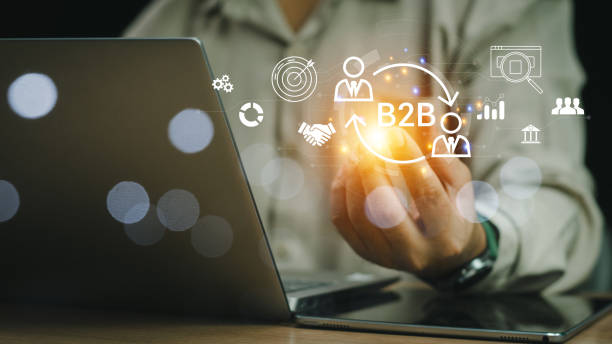
Title Tags and Meta Descriptions are two important elements in on-page SEO that are displayed in search results.
The title tag specifies the title of your page and should be attractive and relevant to the content of the page.
It should also include your main keyword.
The meta description provides a summary of your page’s content and should encourage users to click on your link.
Title tags and meta descriptions should be unique and different for each page of your website.
The length of the title tag should not exceed 60 characters and the length of the meta description should not exceed 160 characters.
To optimize title tags and meta descriptions, you can use various tools such as Yoast SEO or Rank Math.
These tools help you effectively optimize your title tags and meta descriptions and get a good SEO score.
Optimizing title tags is one of the most important steps in SEO.
In this table, we examine some important points in this regard:
| Element | Description |
|---|---|
| Title Length | Maximum 60 characters |
| Keywords | Includes the main keyword |
| Uniqueness | Different for each page |
Optimizing these elements improves on-page SEO and increases your website’s traffic.
Paying attention to these details can have a significant impact on your ranking in search results.
Proper URL Structure for SEO

The URL (Uniform Resource Locator) structure, or the internet address of your website pages, plays an important role in on-page SEO.
A good URL should be short, descriptive, and include the main keyword of the page.
Avoid using long, complex URLs that contain unnecessary characters.
The URL structure should be such that users and search engines can easily understand the content of the page.
For example, a good URL for a page about “Laptop Buying Guide” could be: www.example.com/laptop-buying-guide.
In this URL, the main keywords of the page (laptop buying guide) are clearly and concisely specified.
Also, hyphens (-) are used instead of spaces ( ) to separate words.
Also, the URL structure should be logical and hierarchical.
This means that related pages should be in subcategories of each other.
This helps search engines better understand your website structure and recognize the relationships between pages.
Creating SEO-friendly URLs is an effective step in improving your website’s ranking.
An optimized URL structure can have a significant impact on your website’s on-page SEO.
Are you disappointed with the low conversion rate of your online store? Rasaweb turns your online store into a powerful tool for attracting and converting customers!
✅ Significant increase in the conversion rate of visitors to buyers
✅ Exceptional user experience to increase customer satisfaction and loyalty⚡ Get a free consultation from Rasaweb!
Content Optimization: The Heart of On-Page SEO

Content is the king of on-page SEO.
High-quality, valuable, and relevant content not only attracts organic traffic, but also increases user engagement and improves your site’s ranking in search results.
To optimize content, you must first do keyword research and use the appropriate keywords in your text.
But remember that overuse of keywords can harm your ranking, so always write your content naturally and with the goal of providing value to users.
In addition, your content should be readable, engaging, and well-organized.
Use headings, subheadings, lists, and images to improve readability and attractiveness of the content.
Also, your content should be unique and original.
Avoid copying other people’s content, as this can harm your site’s ranking.
Content is king, this sentence is always repeated in the world of SEO.
To improve on-page SEO, produce high-quality and valuable content and always consider the needs of users.
Image Optimization for SEO
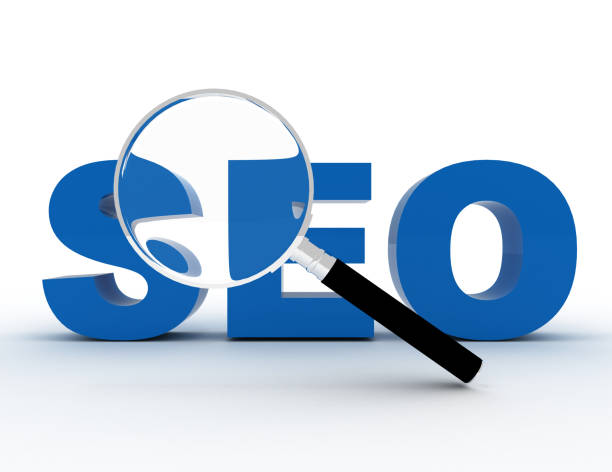
Images play an important role in the attractiveness and user-friendliness of your website, but they can also be effective in on-page SEO.
To optimize images, you must first make sure that your images are optimized and have a small size.
Large images can slow down page loading speed, which negatively affects user experience and your site’s ranking.
To reduce the size of images, you can use various tools such as TinyPNG or ImageOptim.
In addition, you should also optimize the ALT tags of your images.
The ALT tag is text that is displayed in place of the image if it is not displayed.
The ALT tag should be descriptive and relevant to the content of the image and should also include the main keyword of the page.
For example, for an image of a laptop, the ALT tag could be: new laptop with touch screen.
By optimizing images, you can help search engines better understand your images and show them to relevant users.
Image SEO helps you leverage the potential of images to improve your on-page SEO.
This process includes optimizing the size, format, file name, and ALT tags of images.
Internal Linking: Creating a Network of Connections

Internal Linking is the process of linking different pages of your website to each other.
Internal linking helps search engines better understand your website structure and recognize the relationships between pages.
Also, internal linking increases user engagement and improves your site’s ranking in search results.
To perform internal linking, you must first identify related pages and then use related keywords as anchor text.
The anchor text should be descriptive and relevant to the content of the destination page.
Avoid using general anchor texts such as “click here” or “read more.”
In addition, internal linking should be done naturally and with the goal of providing value to users.
Avoid linking to unrelated pages or using too many links.
Internal linking is an important factor in on-page SEO that helps improve the structure of the site and increase the credibility of pages.
By creating a strong network of internal links, you can improve the user experience and increase your site’s ranking in search results.
| Element | Description |
|---|---|
| Goal | Improve site structure and increase page credibility |
| Anchor Text | Descriptive and relevant to the content of the destination page |
| Application | Naturally and with the goal of providing value to users |
Optimizing Page Load Speed
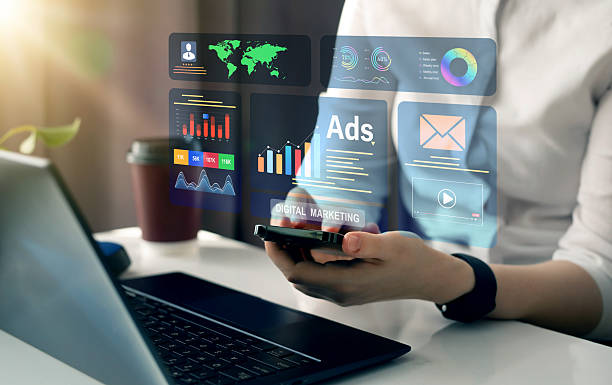
Page Load Speed is an important factor in user experience and on-page SEO.
Users expect website pages to load quickly, and if your page is slow, users may leave your site and go to competitor sites.
Page load speed not only affects user experience, but also affects your site’s ranking in search results.
Google has announced that page load speed is a ranking factor, and sites that load faster rank better in search results.
To optimize page load speed, you can use various tools such as Google PageSpeed Insights or GTmetrix.
These tools help you identify page load speed issues and find appropriate solutions to fix them.
Some common solutions to optimize page load speed include: reducing image size, enabling Gzip compression, using browser caching, and using a Content Delivery Network (CDN).
Optimizing page load speed is a necessity for improving on-page SEO and providing a better user experience.
By performing this optimization, you can improve your site’s ranking in search results and attract more traffic.
Are you worried about losing customers who don’t have a professional online store?
Forget those worries by designing an online store with Rasaweb!
✅ Significant increase in sales and visitor-to-customer conversion rate
✅ Professional and user-friendly design that builds customer trust
⚡ Get a free consultation from Rasaweb
Website Responsiveness
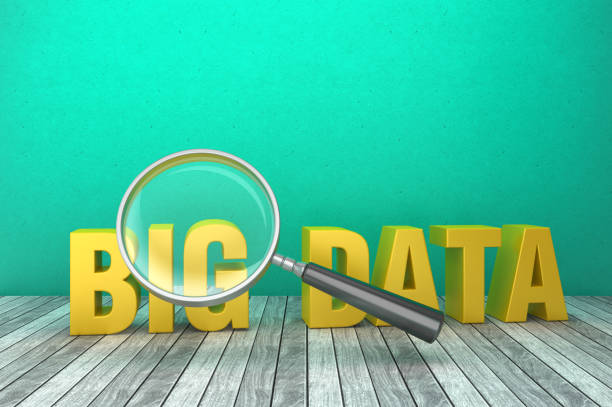
Responsiveness means that your website automatically adapts to the screen size of different devices (such as computers, tablets, and mobile phones).
Given the increasing use of mobile phones for internet searches, website responsiveness is of particular importance.
Google has announced that website responsiveness is a ranking factor, and sites that are responsive rank better in search results.
To check your website’s responsiveness, you can use Google’s Mobile-Friendly Test tool.
This tool shows you how your website is displayed on different devices and whether there are any responsiveness issues.
If your website is not responsive, you need to change its design to be compatible with different devices.
This can be done using CSS frameworks such as Bootstrap or using custom coding.
Designing a mobile-friendly website or responsive is a critical factor in modern on-page SEO.
By ensuring that your website is displayed correctly on different devices, you can improve the user experience and increase your site’s ranking in search results.
Continuous Content Updates and Ongoing Improvement
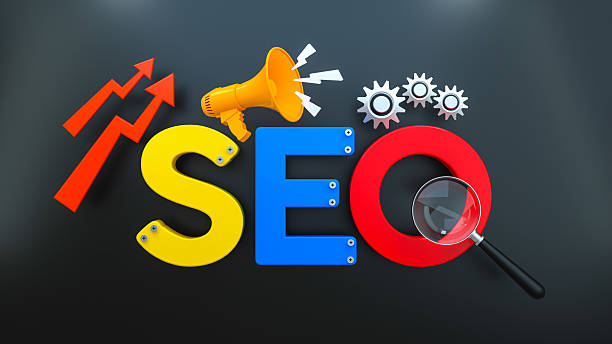
On-page SEO is an ongoing process and should not be done once and forgotten.
To maintain your site’s ranking in search results, you must continuously update your content and make the necessary improvements.
Content updates can include adding new information, correcting errors, optimizing keywords, and improving readability.
In addition, you must continuously monitor your website’s performance and use analytics tools such as Google Analytics to review traffic, user behavior, and other key metrics.
By analyzing data, you can identify the strengths and weaknesses of your website and make better decisions to improve on-page SEO.
Also, you should pay attention to changes in search engine algorithms and adjust your SEO strategy accordingly.
Search engine algorithms are constantly changing, and to maintain your site’s ranking, you must keep pace with these changes.
Continuous SEO improvement is a fundamental principle for success in the competitive online world.
By continuously updating content and monitoring website performance, you can maintain your site’s ranking in search results and attract more traffic.
Remember that on-page SEO is a long-term investment and its results become apparent over time.
Frequently Asked Questions
| Question | Answer |
|---|---|
| What is On-Page SEO? | On-page SEO includes optimizing elements that are directly within your control and within your website. Its goal is to help search engines better understand the content of the page and improve its ranking. |
| Why is On-Page SEO important? | On-page SEO gives search engines clear signals about the content of the page, improves user experience, and increases the chances of attracting organic traffic. |
| What are the most important On-Page SEO factors? | Keywords, Title Tag, Meta Description, URL structure, high-quality content, image optimization, and internal links are among the most important factors. |
| What is the role of the Title Tag in On-Page SEO? | The title tag is one of the most important signals for search engines and users that specifies the main topic of the page. It should include the main keyword and be attractive. |
| How important is the Meta Description? | The meta description does not directly affect ranking, but it can improve the click-through rate (CTR) by encouraging users to click. |
| How to optimize images for On-Page SEO? | By using a descriptive file name, a suitable Alt Text containing keywords, compression to reduce size, and correct dimensions. |
| What is the effect of Internal Links on SEO? | Internal links help search engines discover and index site pages, distribute credibility (PageRank) throughout the site, and improve user navigation. |
| Is page load speed one of the On-Page SEO factors? | Yes, page load speed is a critical factor in On-Page SEO and user experience. Slower pages can lead to higher bounce rates and lower rankings. |
| What are the characteristics of high-quality content for On-Page SEO? | High-quality content should be comprehensive, unique, relevant, reliable, readable, and fully answer the needs and questions of users. |
| How can keywords be used in content? | Keywords should be used naturally in the title, subheadings, first paragraph, body text, and alt text of images. Avoid Keyword Stuffing. |
And other services of Rasa Web advertising agency in the field of advertising
Intelligent Content Strategy: A dedicated service for sales growth based on intelligent data analysis.
Intelligent Customer Journey Map: Designed for businesses looking to analyze customer behavior through attractive user interface design.
Intelligent Digital Advertising: A creative platform to improve customer acquisition with dedicated programming.
Intelligent Advertising Campaign: Professional optimization for user engagement using precise audience targeting.
Intelligent Custom Software: A novel service to increase customer acquisition through the use of real data.
And hundreds of other services in the field of internet advertising, advertising consulting and organizational solutions
Internet Advertising | Advertising Strategy | Advertorial Reports
Sources
Comprehensive Guide to On-Page SEO
,What is On-Page SEO? Comprehensive On-Page SEO Training in Simple Language
,What is On-Page SEO? A Complete Guide to On-Page SEO and its Golden Techniques
,What is On-Page SEO? A Comprehensive and Complete Guide to Website On-Page SEO
? To reach the peaks of success in the digital world, Rasaweb Afarin Digital Marketing Agency is with you with its comprehensive services. With expertise in areas such as WordPress website design, SEO, and social media management, we pave the way for your business growth.
📍 Tehran, Mirdamad Street, next to the Central Bank, South Kazerun Alley, Ramin Alley No. 6

